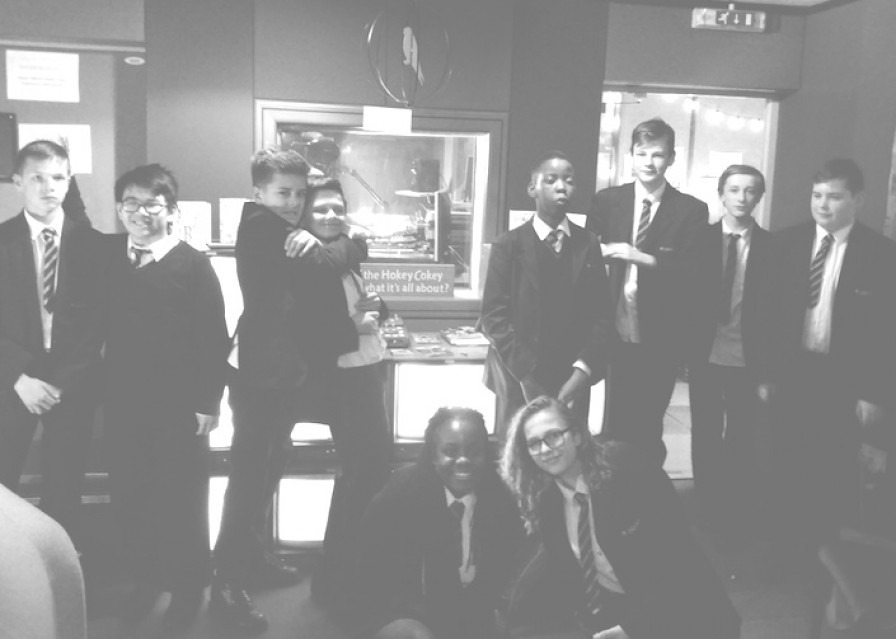Stormzy Vs Mozart

Brighter Sound’s Charlie Morrison reflects as the final findings are published on four years of the national Exchanging Notes project. And the message seems to be that music education must – and can – change.
I’m sat on a train back from Birmingham with Exchanging Notes Project Manager, Joe Harrison-Greaves. We’ve been to the national launch of the findings report on Exchanging Notes – a four-year action research project which took place across the country. It’s five years since we sat and devised Brighter Sound’s approach to delivering our proposed project, partnering with two Manchester Academies – Co-op Academy North Manchester and Bolton St Catherine’s Academy – to work with the same group of young people from Year 7 to Year 10 of their academic lives.
Since then we’ve seen significant change in the school environment – the introduction of the EBacc and the STEM subject hierarchy, and cuts in schools and music departments that pose significant barriers to the delivery of music education in the classroom. Was this the worst possible time to deliver a project that tried to bring young people-led music projects into schools? To quote Youth Music’s Chief Executive Matt Griffiths, “yes”.
But the learning – as shown by today’s report – was significant, mainly because it gave academic rigour to the case made by organisations like ours, and new learning too.
The key recommendations in summary…
Reinforce the value of music in schools. More than that, reverse the decline in the value given to music in schools, and encourage Ofsted to place importance on the cultural offer schools make in exchange for Good or Outstanding evaluations. Reflect the interests of young people and represent the ways music is important to them in the way music is taught through the curriculum. (See media frenzy over replacing Mozart with Stormzy…. and please note, the actual report says teach Mozart, Stormzy and everything in between. That sounds like a good music lesson to me.) Invest in partnership working to unlock the potential music has to offer. A curriculum that can connect to industry and music organisations, and reflect the needs in skills development facing young people makes sense. Other subjects are doing this – music can too.
These are great recommendations, all sitting on top of huge amounts of longitudinal data and academic analysis.
So what now?
Activism must be the result of this huge amount of work, exploration and research.
All eyes must be on what happens next – advocating to school heads, teachers, music education hubs and young people, to policy makers and national influencers. The mandate is now there, supported by evidence to bring music education up-to-date, and the work now must continue in this direction.
I’ll leave you with this quote lifted from the report which can (and should!) be found here.
It expresses the difference to the learning experience for young people in the classroom when music making sits at the heart of a music lesson. It shows the extent to which good practice, as developed between teachers and practitioners through Exchanging Notes, can affect a pupil’s approach to learning:
“…we can build these connections based upon mutual respect. Then, suddenly that opens the door for learning, and I think it’s really clear that any of these guys could have had the same experience in any lesson that they had here, once they believed that they were having a dialogue with the teacher.” – (Music leader)
I’ll also leave you with this:
#StormzyANDMozart

